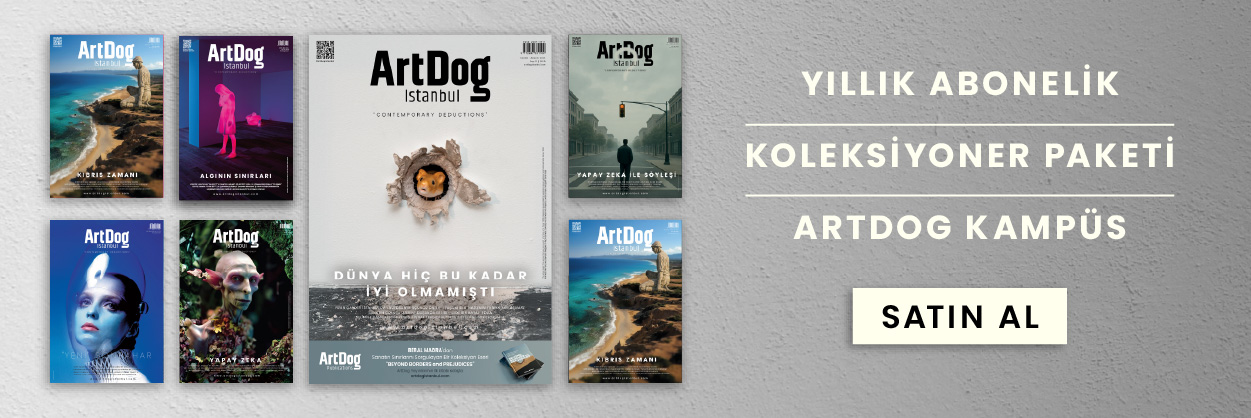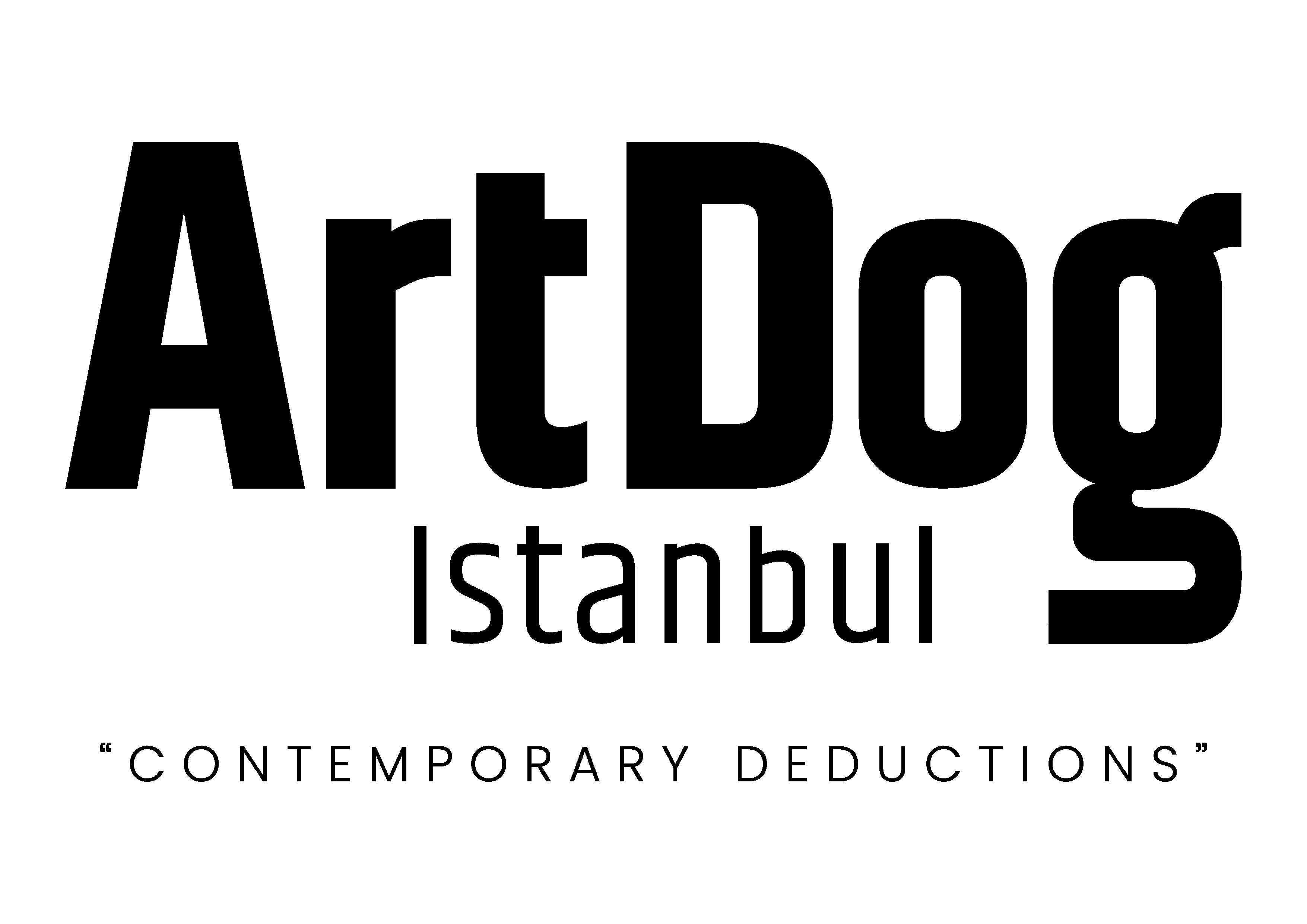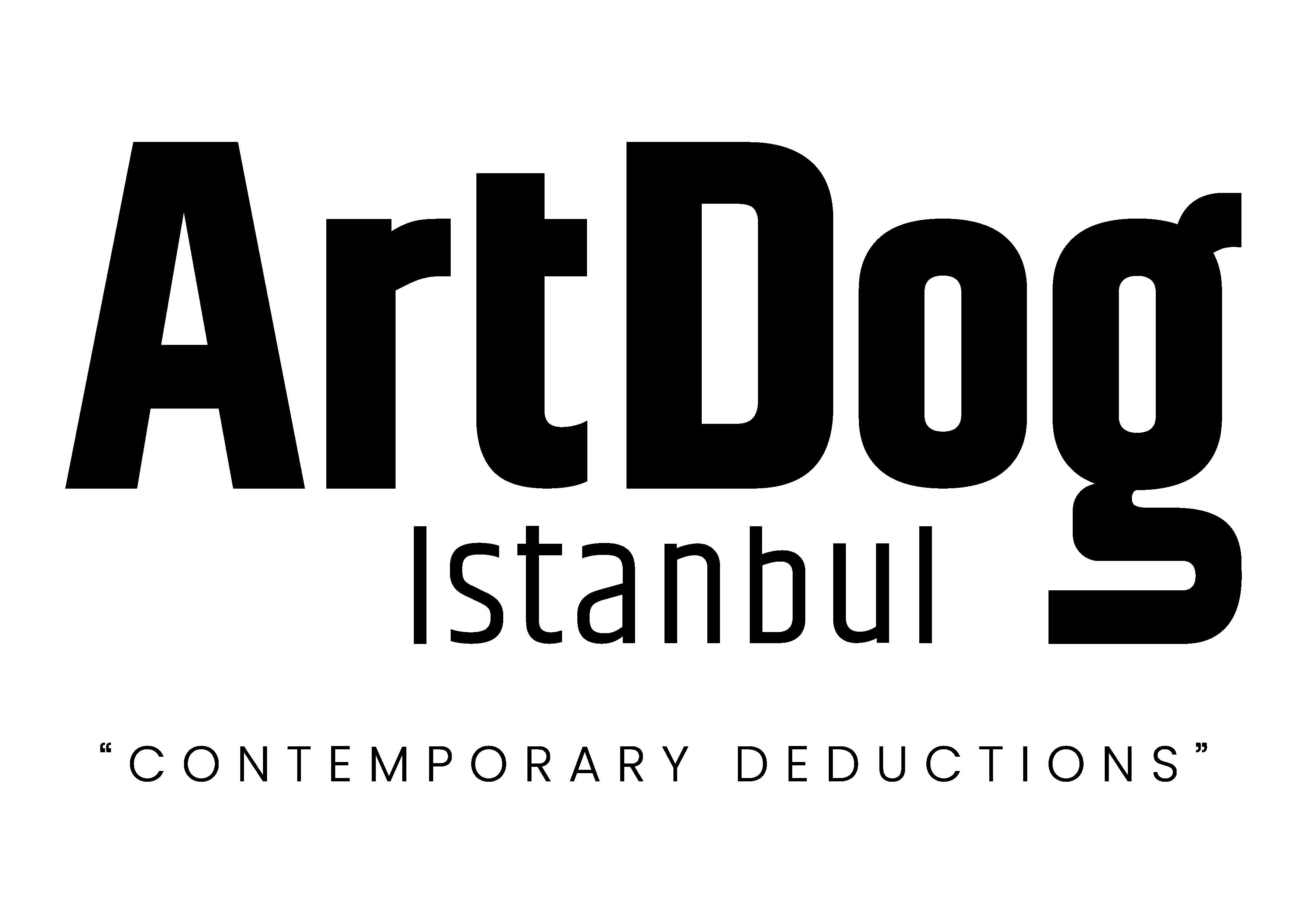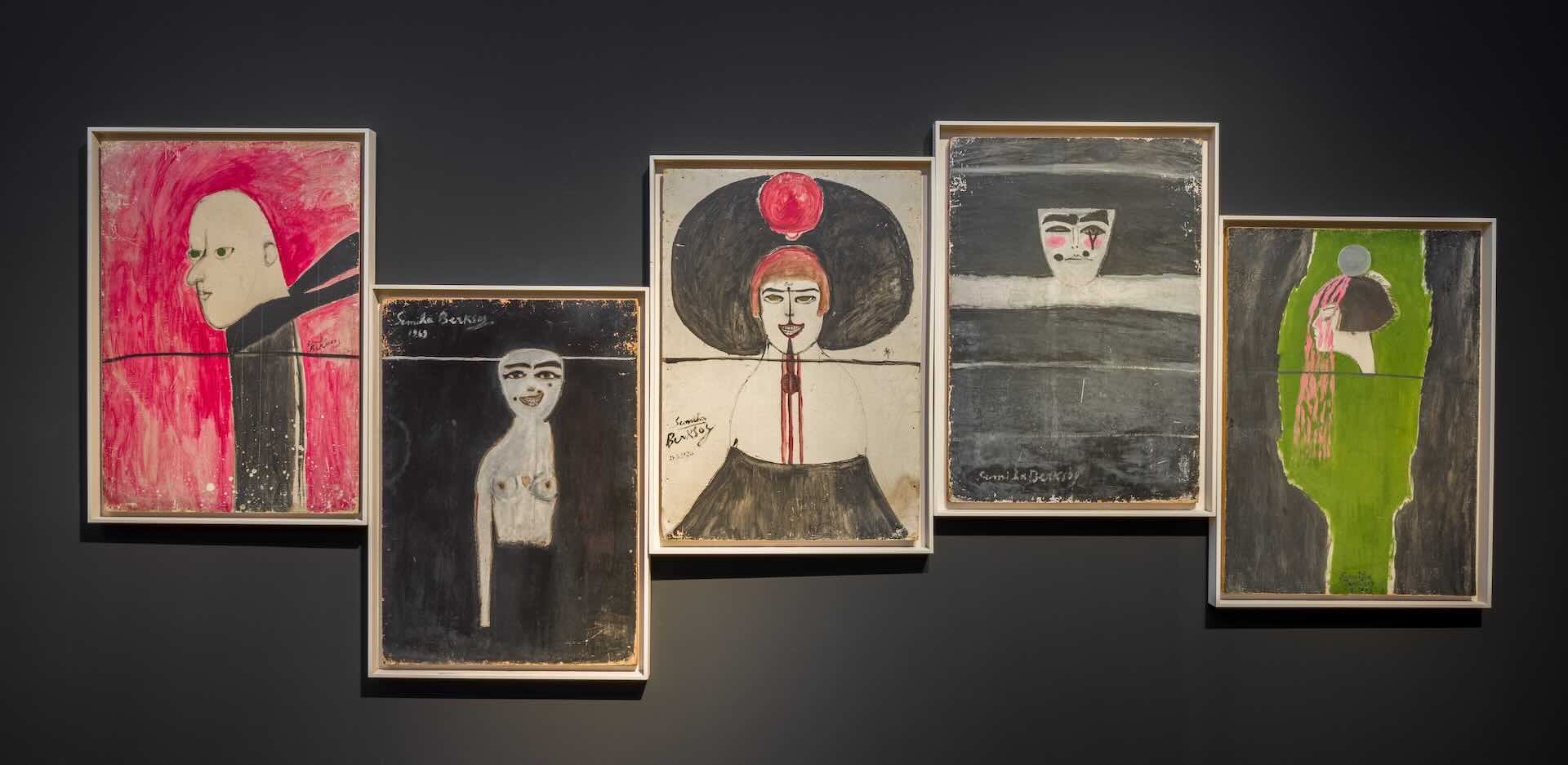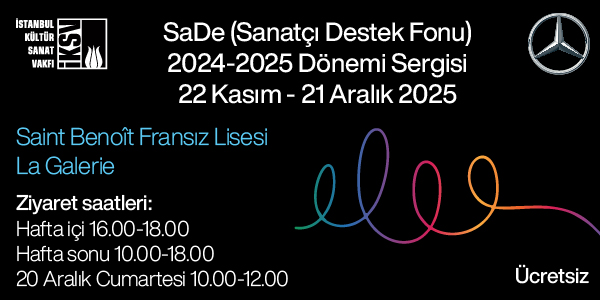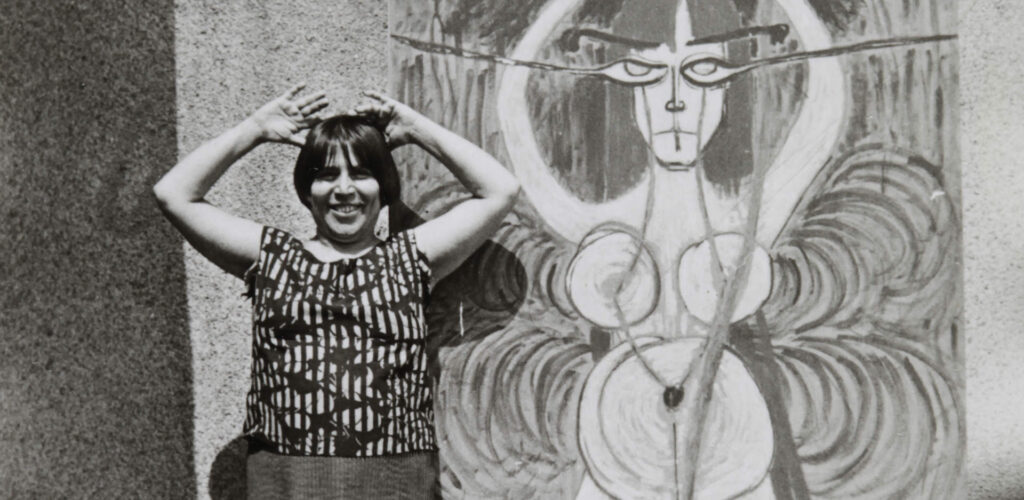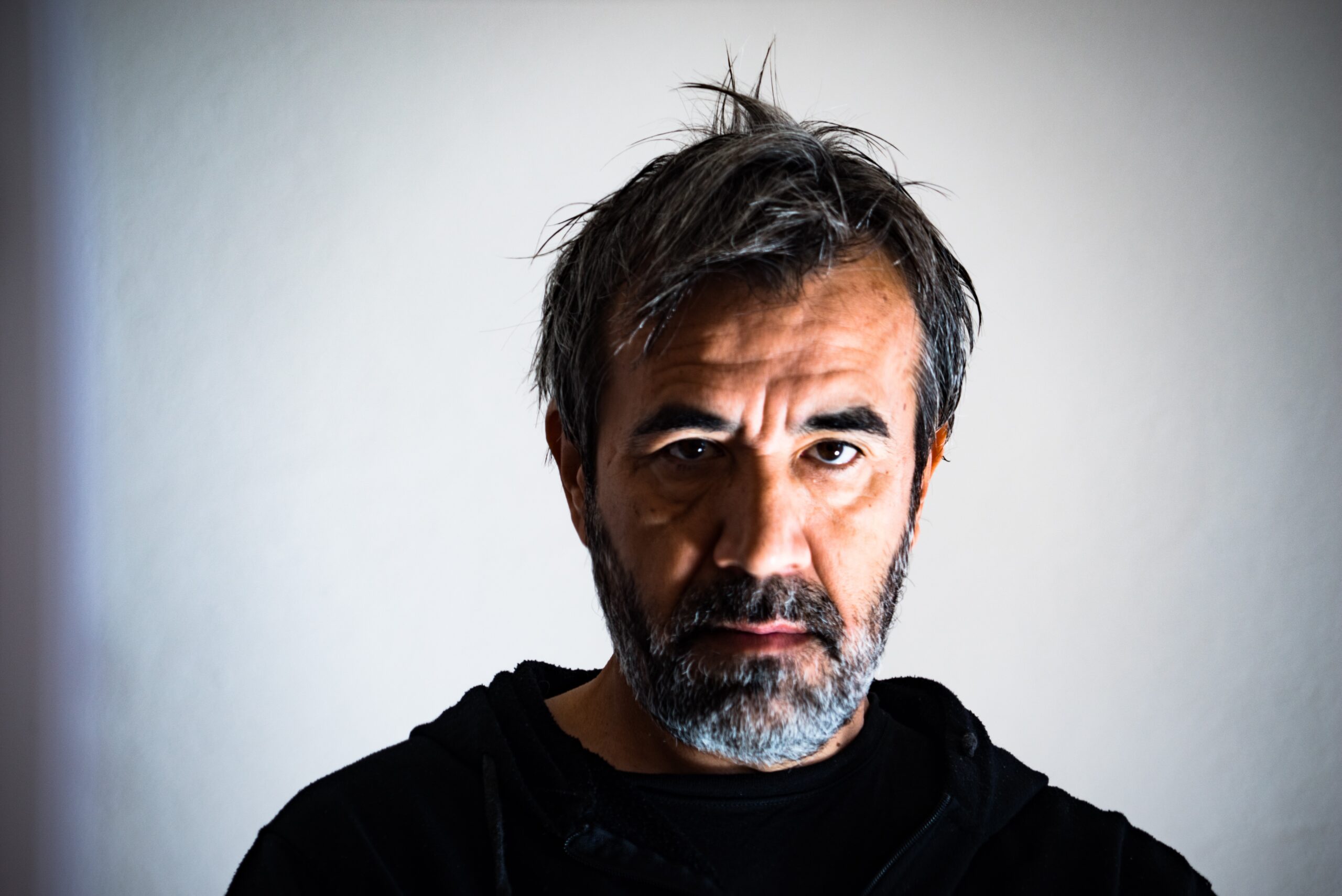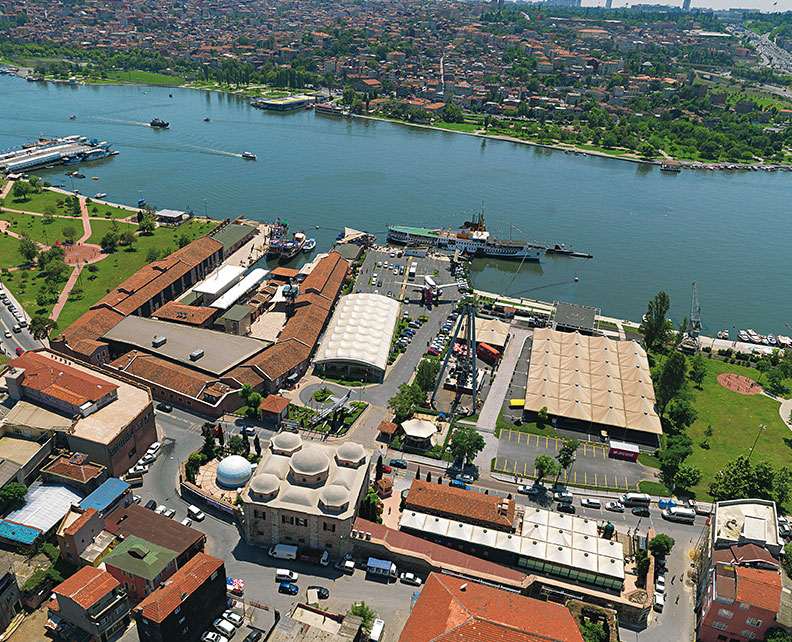The retrospective at Berlin’s Hamburger Bahnhof showcases Semiha Berksoy’s art. While most know her for her flamboyant personality and adventurous life during the public years of Türkiye, Berksoy is also recognized as the face of the modern woman during the Republic era, with her art being the most significant aspect of her life. Today, we finally understand that Berksoy is not just an artist, a painter, or a performer but also a spiritualist who expresses her inner world through her work. She strives to reflect the spirits and existence of her loved ones in her life.
She uses her paintings to communicate with the people she portrays. Whether her paintings are technically flawless or adhere to conventional standards is beside the point; what Berksoy has done throughout her life is capture and convey the spirit and essence of her loved ones. This is particularly evident during her presence at the 2024 Venice Biennale, where the curator showcased a portrait bust of the artist’s late mother, who died in 1927 from Spanish flu.
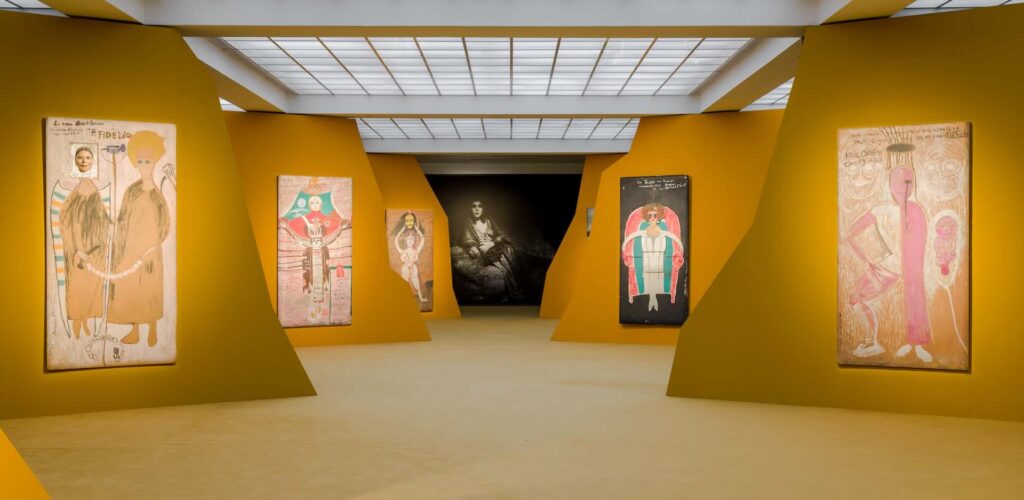
@Jacopo La Forgia
A Corpse and A Saint
Berksoy paints her mother in a pale pink realm where a white halo projects uneven but life-affirming rays of light, writes Deniz Türker. By portraying her mother as a saint with a halo and using colors such as white and pink, which symbolize the purity of the soul, Berksoy proves to the audience how she can look through the glass of life that opens a new dimension with death.
Türker continues: ‘‘The artist paints her mother as a beautiful corpse—and a saint.”. While there is the prerequisite bloodshed, it is counteracted by the presence of an enormous blooming flower, akin to the sacred heart. The flower symbolizes her mother’s boundless love and artistic legacy transmitted to her daughter in defiance of death. The indomitable black line, which appears in most of Berksoy’s paintings, is not death’s signifier but a marker of life and afterlife.’’
Berksoy somehow shows the audience that there is an afterlife with her portraits.
“Another significant artwork by the artist, Semiha Berksoy Room (1994), is an installation she created in her apartment, incorporating her paintings of beloved acquaintances alongside their everyday objects. The fact that living with them, while reflecting her art onto their presence is a way of her discovering her spirituality. This bedroom was later reconstructed at the Kunstmuseum Bonn for a group exhibition in 1999, according to Kaya Genç’s article published in 2019 (Art in America). What made the bedroom significant was her presence and her unique way of representing love.
Turkish artist Kutluğ Ataman’s Semiha B. Unplugged (1997) helped her legacy reach a wider audience. However, what was most distinctive about Berksoy’s legacy was her perception of life and death. Somehow, living among her portraits—many of which depict people who have passed away—seems to have given her the courage to express her deep love for life. Embracing a more spiritual approach, Berksoy had a motto, ‘I live with love and art.’
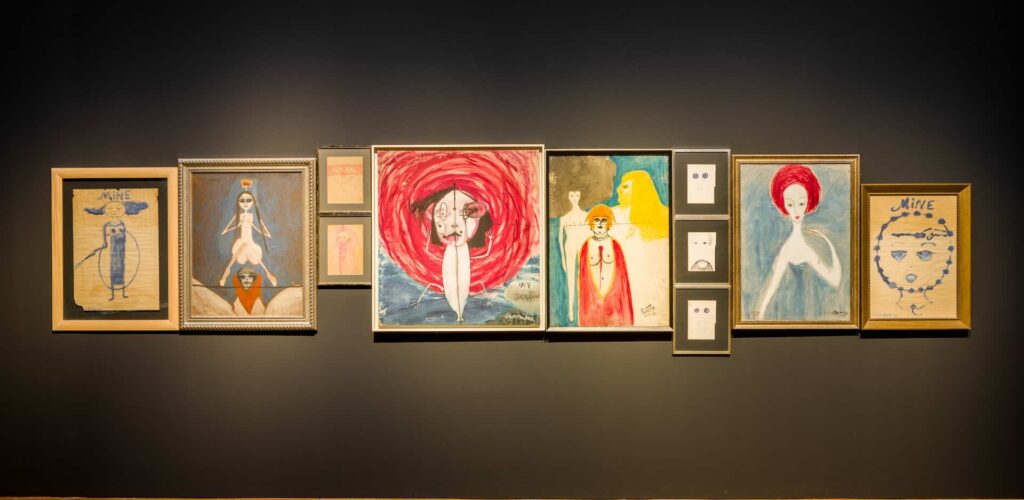
@Jacopo La Forgia
Supreme Characters and Wall of Hallucination
Berksoy said she saw the reflections of people whom she defined as supreme characters, who left great marks on her life. On the “Wall of Hallucination” situated in her room, we see how she has chosen to live with the spirits of her loved ones. In another aspect of understandingg her artworks and spiritual life, we can say she turned to them for inspiration and kept them alive through her paintings. The artist did not see death as an end to existence but considered it a part of life.
Berksoy focused on people and incidents that shaped her life through love, death, and music, mostly with her self-portraits. Having lost her mother at the age of eight, it is visible in Berksoy’s work that she used art as a medium of self-expression and as a way of holding onto life, whereas love is the source and meaning of life for her.
As a spiritual artist who pursues the power of art, Berksoy was also aware of energy and flow. She once said: ‘‘I am me, I am myself, all energy flows outwards only from me, and you, or in other words, the consumers, must understand that this energy belongs to me.”
New realms in Semiha Berksoy’s art production
Her spiritual approach to life has opened new realms in her art. Art critic and academic Beral Madra discusses her work in a book published in 2017 titled ‘Semiha Berksoy: Catalogue Raisonné’, in which she builds a connection between Berksoy’s art and Edvard Munch’s statement: “Art is the opposite of nature. Nature is not only what is visible to the eye—it also includes the inner images of the soul, the images behind the eyes,” says Munch, which also resonates with Berksoy’s highly spiritual approach to symbolism. The review of the ‘Catalogue Raisonné’ written by Güler İnce highlights Berksoy’s art from different perspectives. İnce also named her article ‘Semiha Berksoy: Phoenix’. In spirituality, the phoenix is known as the bird of rebirth. Every Phoenix has the opportunity to rise anew from its ashes. This legendary bird serves as a powerful emblem of renewal, transformation, and rebirth, embodying the eternal cycle of life, death, and resurrection. Across various cultures, the Phoenix is revered as a symbol of immortality and resilience, representing the ability to emerge from destruction stronger than before. In Christianity, early theologians adopted the Phoenix as an allegory for the Resurrection and a reflection of Jesus Christ.
In Islamic mysticism, the Phoenix is known as Anqa or Simurgh, a mythical bird said to reside on Mount Qaf at the edge of the world. Considered the greatest of all birds, it symbolizes the wind through which Allah spiritually animates the material world. The Anqa is often seen as a representation of the saint’s spirit or the saint himself. Much like this elusive bird, which exists only in name and not in form, it sometimes signifies the primordial dust from which all creation emerges.
Madra also highlights the shared belief among artists of this period, including Munch, that the external world should be rejected to nurture the inner self. Furthermore, Madra points out a similar pain experienced in the childhoods of both Munch and Berksoy—the early loss of their mothers—and how the maternal figure in their works conveys a comparable emotional depth to the viewer.
Semiha Berksoy As A Miracle
Another section, written by late writer Ferit Edgü in Semiha Berksoy: Catalogue Raisonné, is titled ‘Semiha Berksoy: A Miracle’. Edgü emphasizes how Berksoy’s inner world is reflected in her art.
According to Edgü, Berksoy’s artistic journey began with a pursuit of the voice within her inner world. Rather than striving to create skillful portraits, still lifes, or landscapes, she chose to reflect the images, obsessions, and dreams of her inner reality. For this reason, searching for color harmony or objects from the external world in her paintings would be futile—yet each of her works tells a story. However, these stories are far removed from those that can be grasped through conventional logic. Moreover, her paintings are not merely seen or observed; they are also meant to be read, which again brings us to her spiritualist perspectives.
Türkiye’s Art History and Semiha Berksoy
The exhibition of Semiha Berksoy’s works at Hamburger Bahnhof clearly marks a historic turning point in the international representation of Turkish modern art, says curator Melike Bayık. Bridging diverse interdisciplinary approaches such as opera, painting, performance, and poetry, Berksoy reflected both individual and societal narratives of modernism in Turkey through her unique artistic language, according to Bayık.
This exhibition in Berlin not only sheds light on the aesthetic and intellectual transformations of Turkey’s modernization process through Berksoy’s art but also makes the fluidity between visual and performing arts more visible, added Bayık noting that as a female artist, her ability to produce multilayered works despite the unseen limitations of her time elevates her creations beyond mere aesthetics, transforming them into historical and cultural heritage while also highlighting significant social issues.
At Hamburger Bahnhof, Berksoy’s works engage in dialogue with international art history, offering a chance to reassess, observe, and share both her interdisciplinary creativity and the modernist legacy of Turkish art beyond national borders. The exhibition’s meticulously designed curatorial strategies present reflections of Berksoy’s entire artistic practice, intertwining narratives from visual and performing arts. In this context, the viewer becomes an explorer, forming deep connections within Berksoy’s body of work, adds Bayık
Following its display at this museum, the Semiha Berksoy exhibition will return to Turkey, where it will be showcased at Istanbul Modern, continuing to narrate Turkey’s modern era within its own cultural landscape.

